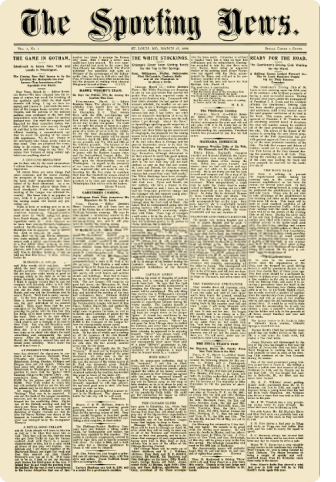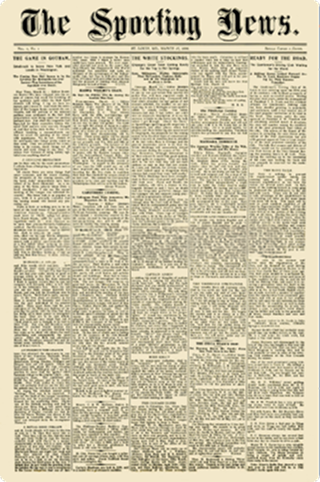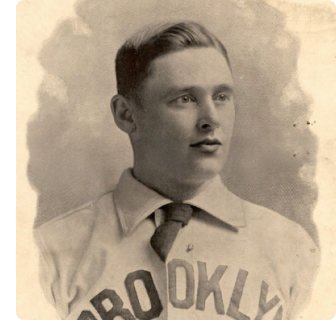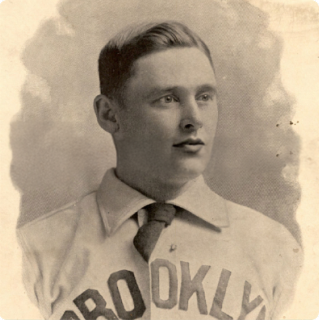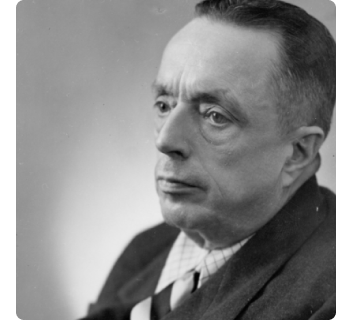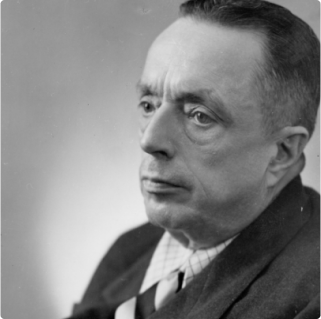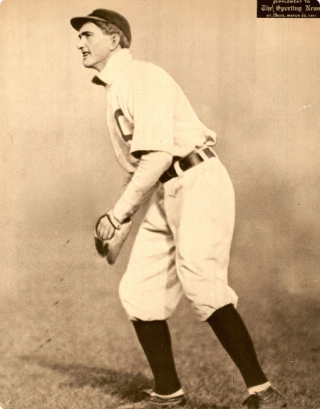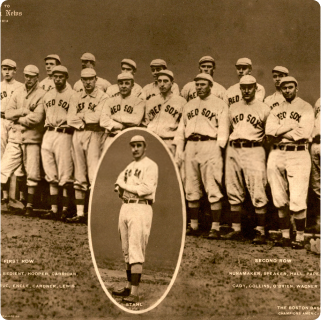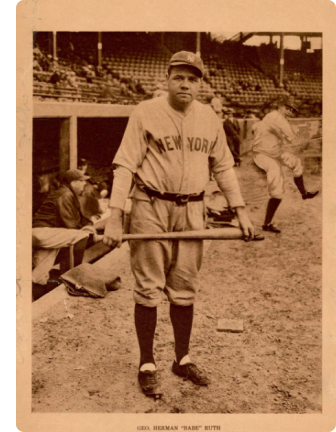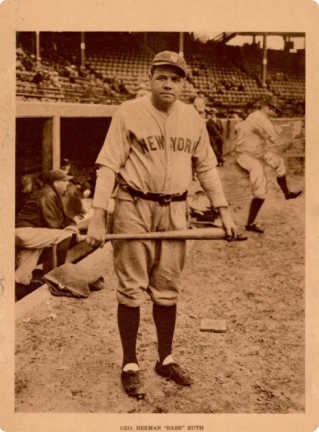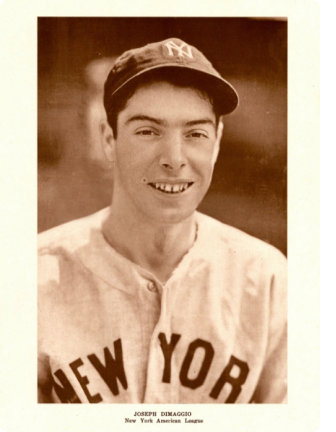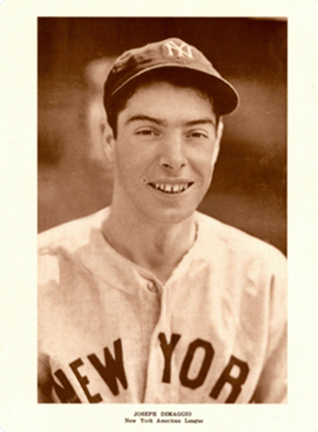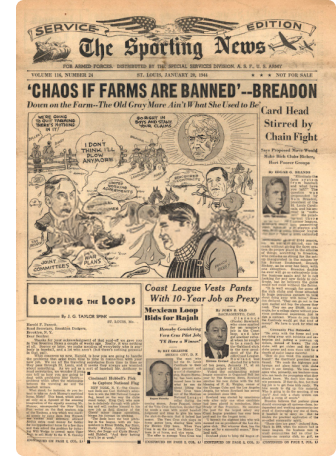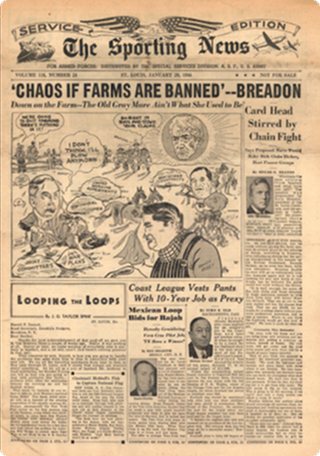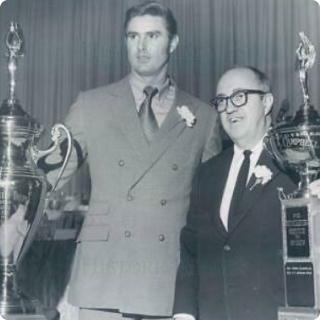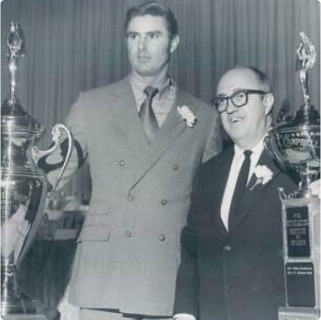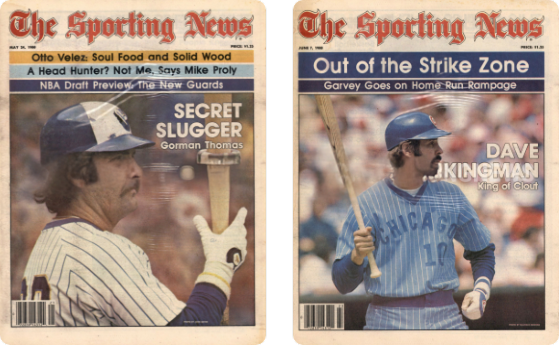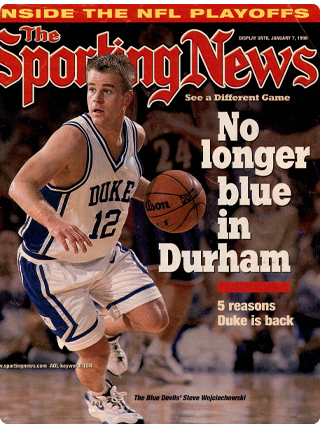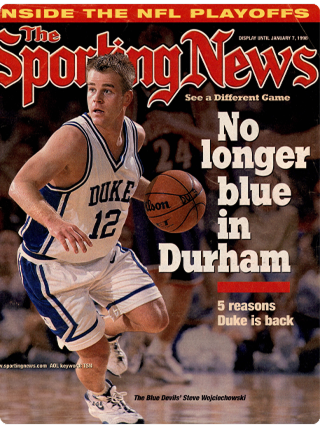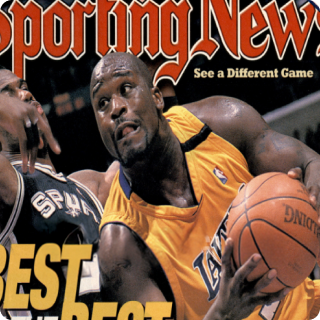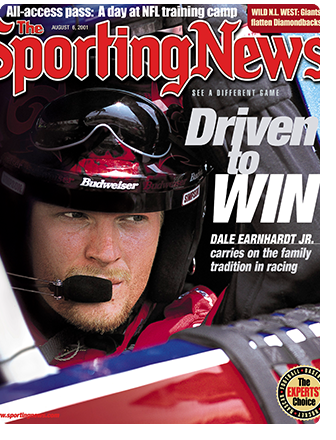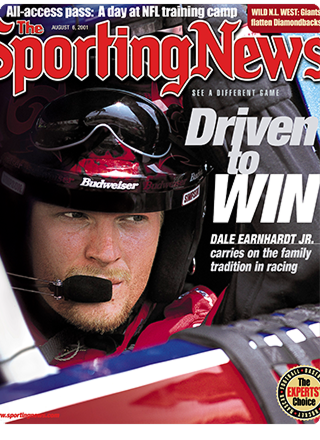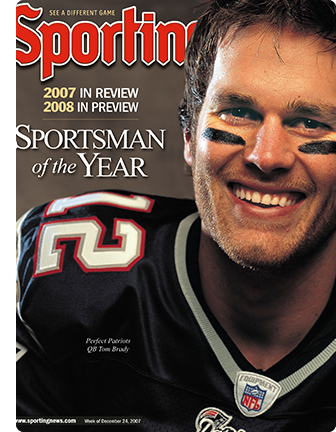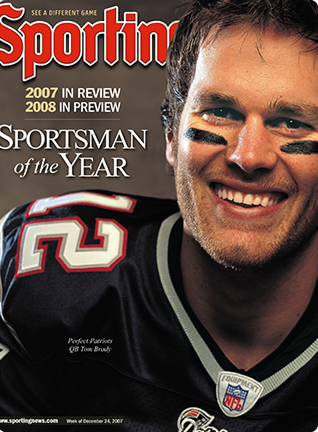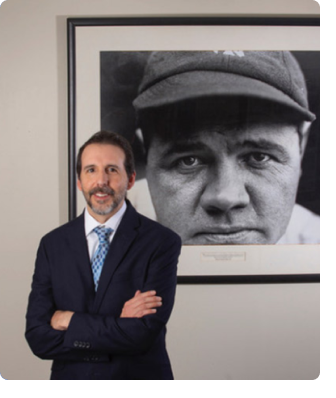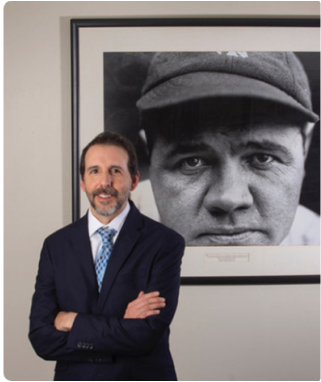1800s

News in 1886 along with his family.
Alfred Henry Spink, a native of Quebec, published the first issue in St. Louis, Missouri, on March 17, 1886. Spink and his brothers, whose family had immigrated to the United States during the Civil War, were involved in the city’s sporting and journalism subculture. They were interested in horse racing, boxing, the stage, and baseball. They were instrumental in organizing St. Louis’s first professional baseball team, the Browns, in 1875, and soon, with the financial backing of Chris Von der Ahe, a saloonkeeper, they bought a local ballpark under the name Sportsman’s Park Club and Association. Al Spink helped establish the American Association, a major league that challenged the National League, in 1881. He worked for Von der Ahe as press agent and secretary and saw the Browns win four Association championships from 1885 to 1888.
